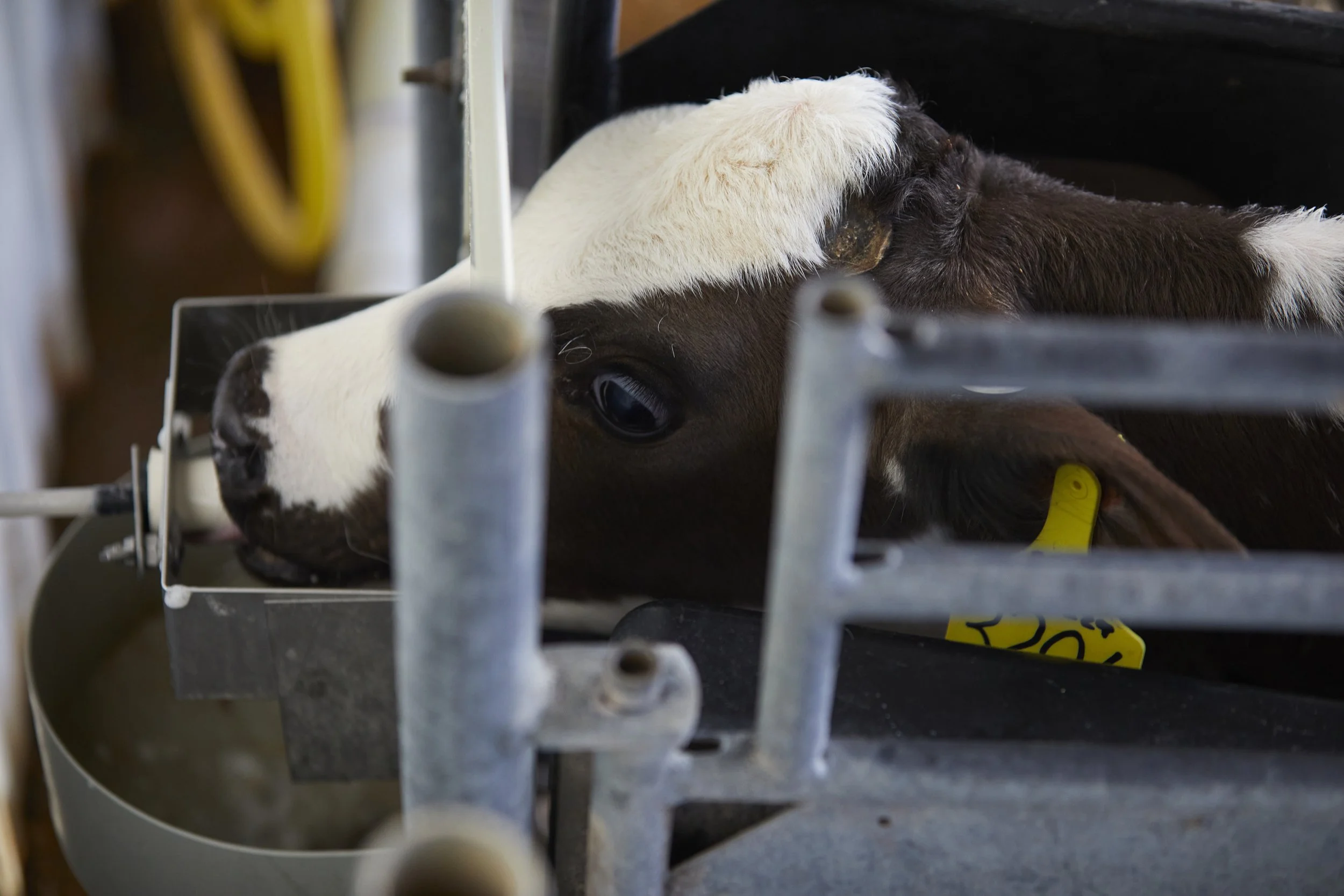Feeding Water in Cold Weather – It’s Worth It
Winter is actually a pretty great time to raise calves. In fact, many calf raisers report their best growth rates for preweaned calves occur reliably in the winter months each year. Heat stress is gone, and the bacterial pathogens that cause many diseases cannot survive cold conditions. But there is one element of calf rearing that is more challenging in wintry weather: feeding water.
When calves are born, their bodies are made up of about 80% water. They need to keep consuming plenty of water to keep their systems functioning. Researchers have found that calves receiving free-choice water recover from disease more quickly, and eat more starter grain than calves that don’t.
“A water-to-solids ratio of 4:1 is required for optimal rumen development.”
Age matters as well. The 2020 version of the U.S. FARM program’s minimum standards for calf care call for feeding water to newborn calves by Day 3 of life. In a study comparing water introduction at Day 1 versus Day 17, the earlier introduction of water resulted in calves with more advanced digestive development and, by 5 months of age, a 24-pound-per-head growth advantage.
This is likely due to better rumen development. The rumen requires both water and dry feeds to begin the fermentation process that drives rumen development. When calves consume milk or milk replacer, the esophageal groove on the side of the rumen wall diverts that liquid past the rumen and into the abomasum.
So, in addition to the water content of the milk or milk replacer they consume, calves need “free” water to travel directly to the rumen and support fermentation. A water-to-solids ratio of 4:1 is required for optimal rumen development.
How to Feed Water in Winter
That water may be fairly easy to deliver in spring, summer, and fall – or year-around in indoor facilities. But water feeding can be a mighty challenge if you’re in a northern climate and raising calves in hutches in the winter. Here are some ideas that may help with that task:
1. Do it every day
Make water delivery part of the regular, daily routine – ideally about two hours after a daytime feeding. Calves are more likely to drink water then, and they may eat more starter grain, too.
2. Feed warm water
Regardless of environmental conditions, calves still maintain a rumen and body temperature of 101-103°F. If they drink ice-cold water, they will need to expend energy to warm it internally to body temperature. Chilly water also can temporarily lower the temperature in the rumen, which interferes with the rumen’s ability to digest solids and may result in bloat. Calves also have been found to be more accepting of warm-versus-cold water.
3. Keep buckets at room temperature
Cold pails left outdoors will lower the temperature of the water they are dispensing. If possible, develop a washing and rotation routine that allows you to bring out pails that have been stored inside until just before water is delivered.
4. Set up a reliable transport system
Many operations have eased the process of winter water delivery using insulated, pull-behind tanks. Frost-free hydrants paired with hose and an outdoor, tankless water heater could be another option, if located close enough to the feeding area.
5. Set up a disposal system
If enough labor is available, you can establish a “feed-and-dump” routine that allows calves about an hour to consume water, then it is dumped and hauled away. Other farms have worked up methods to dispose of water that does freeze. Rather than letting frozen “pucks” accumulate around calf hutches, some bring frozen pails inside to thaw. Others haul the ice chunks out to a field to get them away from the housing area.
6. Ramp up focus at weaning
Even if you can’t work out a system to deliver winter water to preweaned calves, they MUST have water when the milk ration is removed, or they will have no liquid at all. If weaning in place for a short time, be sure to deliver water daily to hutches. After they are moved to group pens, help calves locate the waterers so their intake remains constant and rumen function and growth are not diminished.
Another important benefit of a dedicated water-feeding routine is that it provides another pass through the calves each day, sometimes by another set of eyes. The more often calves are observed, the more likely sickness will be detected early.




It takes hard work and considerable investment to create a newborn calf. So, when that calf hits the ground, we want to do everything we can to give it the best possible start to a healthy and productive life.